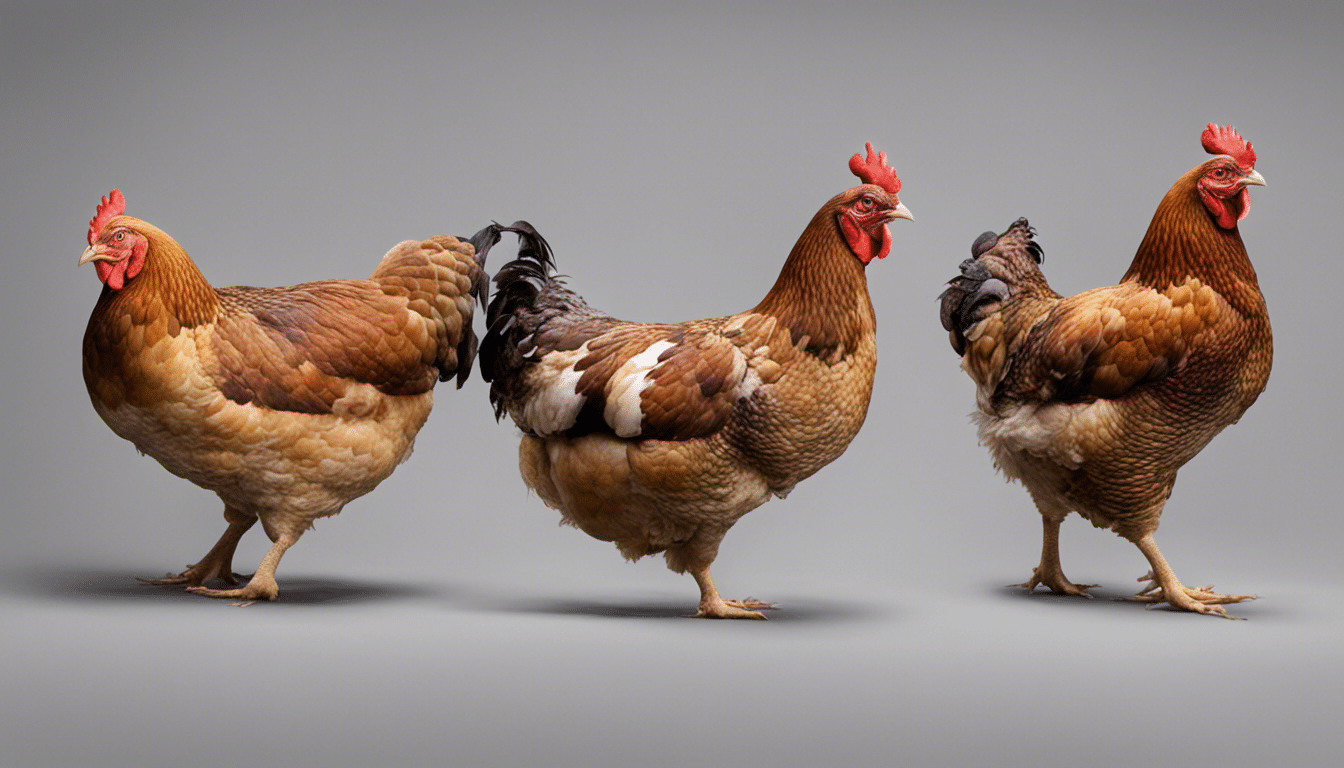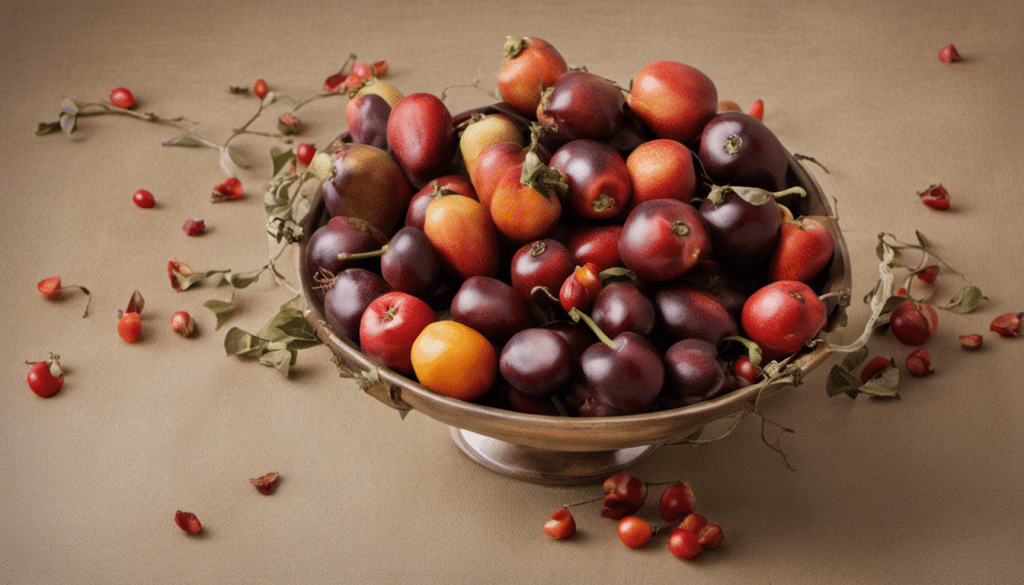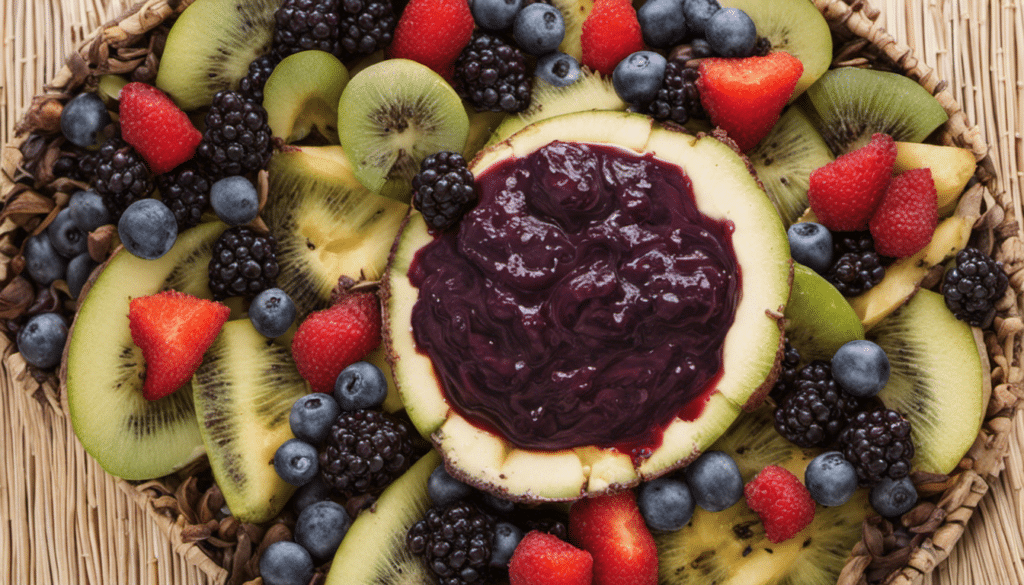All About Fat hens

If you’re a green thumb or health enthusiast, it’s likely you’ve come across Fat Hen, also known as Chenopodium Album. Often assumed to be just another weed, this edible plant offers a myriad of health benefits that ought to be more recognized.
What exactly is Fat Hen?
Contrary to its name, Fat Hen is actually a plant part of the Amaranthaceae family. Native to Europe (PlantLife), it has since spread all over the world. You may know it by one of its many other names such as lamb’s quarters, pigweed or goosefoot. Resilient, it grows in all sorts of environments, from gardens to waste areas and is often dismissed as an unwelcome guest. Despite this reputation, the plant is an important food source, traditionally used in many cultures.
Health benefits of Fat hen
Packed full of nutrients, Fat Hen contains more iron and protein than spinach, a staple in healthy diets (Purdue University). It also boasts a high concentration of Vitamins A and C. These vitamins contribute to boosted immune system function, skin health and healthy vision.
The presence of calcium and fiber mean it can aid in maintaining bone health and supporting good digestive health. The plant’s nutritional profile doesn’t stop there though – It’s also a great source of other essential nutrients like potassium and magnesium.
When exploring all things nutrition, the topic of antioxidants invariably comes up, and Fat Hen doesn’t disappoint on that front. It contains flavonoids, helping to reduce oxidative stress on the body and potentially reduce the risk of chronic diseases like heart disease and cancer (National Institutes of Health).
Eating Fat Hen
With a taste comparable to spinach or chard, Fat Hen leaves can be eaten raw, cooked or used in salads. For those who appreciate a versatile ingredient, the seeds of Fat Hen can be ground into flour, and used in gluten-free baking.
Do remember to properly clean and wash Fat hen before consuming it as the plant can accumulate nitrates if grown in nitrate-rich soil. When consumed in large quantities, these can be harmful (JSTOR).
In conclusion, there’s more to the humble Fat Hen than meets the eye. Underneath its unassuming exterior lies a plant teeming with nutritional benefits. So next time you spot this ‘weed’ in your garden, reconsider pulling it out and perhaps toss it into your salad bowl instead. Discover the versatile and nutritious Fat Hen – your health might just thank you for it.
Fat hen Recipe Ideas
“`HTML
- Fat Hen and Mushroom Stir Fry
- Red Lentil and Fat Hen Soup
- Fat Hen and Potato Curry
- Pasta with Fat Hen and Tomato Sauce
- Fat Hen and Onion Bhaji
- Grilled Fish with Fat Hen Caper Sauce
- Fat Hen and Chicken Stew
- Fat Hen and Cheese Quiche
- Vegan Fat Hen and Red Pepper Risotto
- Fat Hen Pesto for Pasta Dishes
“`



